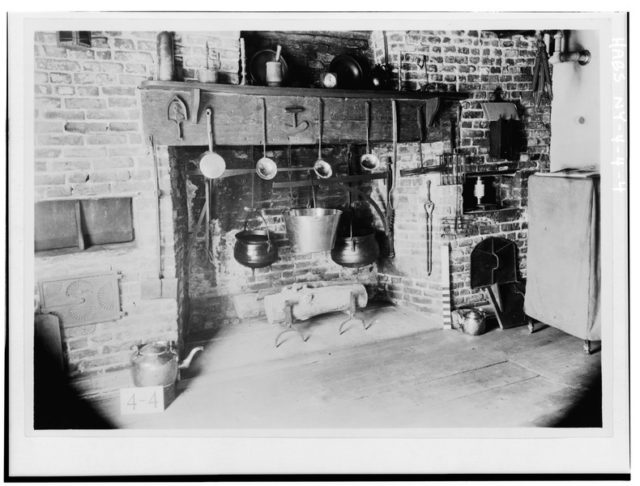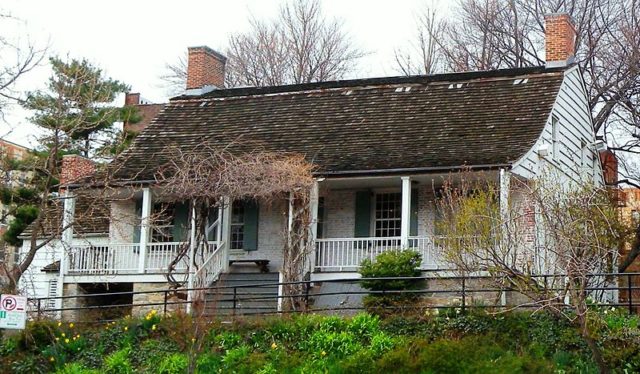It all began with Jan Dyckman. It was he who, during the 1600s, traveled all the way from Westphalia to New Amsterdam – a settlement established on the southern part of the island of Manhattan – just to be part of the new Dutch Republic of New Netherland. Slowly Jan built a homestead for him and his family that with time was inherited by Jan’s son who later will pass it over to his grandson William.
But slowly things were brought to a boiling point and suddenly Manhattan fell under British occupation during the period from 1776 to 1783. This was reason enough for William to leave Manhattan and head towards upstate New York. Once the American Revolutionary War was over, William returned only to find his lovely home shattered into pieces.

Sadly, the orchards suffered the same fate. And so William made it his priority to renovate this house. Unfortunately, he died in 1787 and the estate was passed on to his family. Their plan was to sell the property but luckily, Jacobus, the son of William took things into his hands and become the new owner. He moved into this house sometime around the end of the 18th century. Over the years, the house and the property would be renovated and remodeled a number of times.

In total there were around 20 people that lived in this household around the 1820s, some were family members and the others were workers. But this number was fairly changeable, for in a decade Jacobus lost his wife, his daughter, one grandson and four sons. But despite everything, the property just kept growing and during the 1820s the estate with the farms stretched across one square kilometer.

The house had two bedrooms and two parlors located on the first floor. The second floor was at first an open space and was later subdivided to include a couple more bedrooms. Furthermore, the house was equipped with two kitchens; one for the winter and one for the summer.

Jacobus lived in this house until his death in 1832. Upon his death, the property went to his sons, Isaac and Michael. Both of them continued the tradition and remained living in this house for a while. Some time later, they moved out and created a home of their own within the estate’s boundaries.

When Isaac left this world in 1868, he left behind a will in which he clearly set out the rules for how this property was to be divided. His final wish was for a family member named James Frederic Smith to inherit part of the land and a certain amount of money, but under one condition: to change his name to Isaac Michael Dyckman.

The rest of the property was to be sold and the money split among the rest of the family. His wish was fulfilled. It was here that Isaac Michael Dyckman had his two daughters that would further keep this property alive and well. But over time, the initial plans veered off and at the start of the 20th century, the house was in terrible condition. The surroundings quickly lost their bucolic appearance and the development of the IRT subway threatened this farmhouse with demolition.

But despite everything, the house endured thanks to Mary Alice Dyckman Dean and her sister, Fannie Fredericka Dyckman Welch, daughters of the last Dyckman to ever grow up in this house, Isaac Michael Dyckman. These women, further supported by their husbands and in collaboration with the architect Alexander McMillian, launched a restoration project in order to bring back the house’s former glory.

And so Welch and Dean restored both the interior as well as the exterior even though some portions of the house were lost never to be rebuilt. Today, behind this veneer of an old Dutch house, stands a museum that tells the story of one man’s journey to the New World and the chronicle of an old house that depicts the early days of the island of Manhattan.
